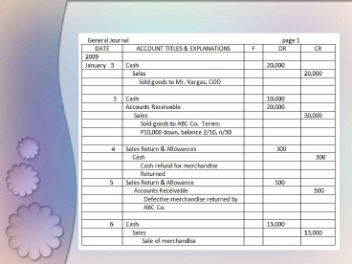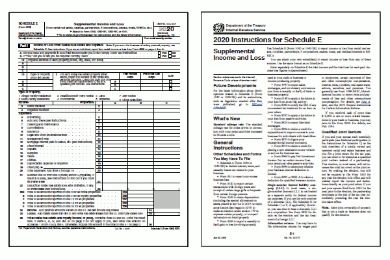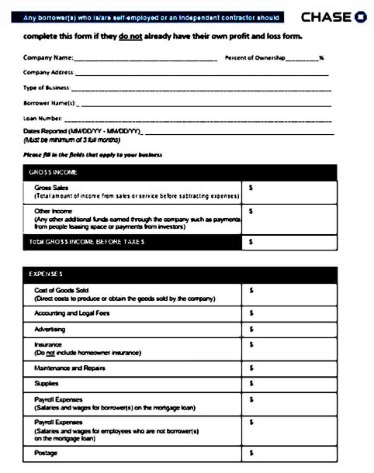
Witaj w fantastycznym świecie, gdzie niebo nie jest już granicą! Sloty kosmiczne na stronie Favbet zabiorą Cię w podróż przez nieskończoność kosmosu, gdzie motywy astronomiczne i tematyczne gry automatyczne sprawią, że poczujesz się jak prawdziwy astronauta.
Odkryj nieznane galaktyki, spotkaj obce istoty i zdobądź niesamowite nagrody grając w sloty kosmiczne na platformie Favbet. Daj się ponieść magii kosmicznych przygód i poczuj dreszczyk emocji, jakiego nie doświadczyłeś nigdy wcześniej!
Niebiańskie przygody na automatach kosmicznych
Automaty tematyczne z motywami astronomicznymi przenoszą graczy w niezwykłą podróż po kosmosie. Rozmaite kosmiczne sloty oferują niezapomniane przygody w fascynującym świecie gier online. Grając w kasynie Favbet, użytkownicy mogą odkrywać fantastyczne galaktyki, spotykać kosmicznych bohaterów i walczyć z obcymi istotami.
- Gry, które przenoszą nas w odległe rejony wszechświata.
- Kosmiczne sloty wypełnione emocjonującymi bonusami i nagrodami.
- Zabawa na najwyższym poziomie dzięki tematycznie dopasowanym grafikom i efektom dźwiękowym.
- Unikalne funkcje i specjalne rundy bonusowe, które dodają ekscytującego smaku grze.
Fantastyczne tematy gier online na Favbet
Jednym z najbardziej wciągających elementów gier online na platformie Favbet są sloty kosmiczne, które przenoszą graczy w fascynujący kosmiczny świat pełen motywów astronomicznych. Sloty z kosmiczną tematyką oferują niezapomniane doznania i emocjonującą zabawę na najwyższym poziomie, zapewniając niepowtarzalne przeżycia dla miłośników kosmosu i fanów automatów.
Automaty z tematami kosmicznymi – zabawa na najwyższym poziomie
Podczas gdy gry kasynowe stają się coraz bardziej popularne, motywy astronomiczne stają się jednym z ulubionych wyborów graczy. Automaty z kosmicznymi tematami zapewniają niebieskie przygody w jednym z najlepszych kasyn online – https://favbett.pl/. Te kosmiczne sloty zapewniają niesamowite wrażenia i niezapomniane emocje dla wszystkich miłośników kosmosu.
Ciekawostki o automatach z motywami astronomicznymi na platformie hazardowej Favbet
Sloty kosmiczne to niezwykle popularna kategoria gier hazardowych online, które można znaleźć na platformie kasynowej Favbet. Gry te, inspirowane kosmosem i tematami astronomicznymi, przyciągają uwagę graczy swoją niezwykłą grafiką i ekscytującymi bonusami.
- Bogactwo motywów astronomicznych w automatach
- Ciekawe rozwiązania graficzne i dźwiękowe
- Fascynujące historie i fabuły w tle
Automaty z kosmiczną tematyką na platformie Favbet oferują niezapomniane doświadczenia i wielkie emocje graczom, którzy lubią wcielać się w nieznane kosmiczne przestrzenie. Nie ma wątpliwości, że sloty tematyczne stanowią jedną z najbardziej atrakcyjnych form rozrywki dostępnych w kasynie online.
Pytania i odpowiedzi:
Jakie są najpopularniejsze sloty kosmiczne dostępne na Favbet?
Najpopularniejsze sloty kosmiczne na Favbet to Starburst, Galactic Speedway, Cosmic Fortune, Space Wars i Alien Robots.
Jakie funkcje specjalne często występują w grach tematycznych kosmicznych?
W grach tematycznych kosmicznych często spotykamy funkcje takie jak darmowe spiny, rozbudowane symbole wild, bonusowe rundy oraz tzw. cascading reels, czyli spadające symbole.
Które kasyno oferuje najlepsze sloty o tematyce kosmicznej?
Na rynku kasyn online wiele platform oferuje świetne sloty o tematyce kosmicznej, jednak Favbet jest uważane za jedno z najlepszych miejsc do rozgrywki w tego typu automatach.
Czy gry tematyczne kosmiczne są popularne wśród graczy?
Tak, gry tematyczne kosmiczne cieszą się dużą popularnością wśród graczy, ponieważ oferują futurystyczny i tajemniczy świat pełen emocji i niezapomnianych przygód.
Jakie są zalety wybierania automaty o tematyce kosmicznej?
Automaty o tematyce kosmicznej oferują graczom odmienny świat pełen niesamowitych grafik, ciekawych postaci i intrygujących historii, co sprawia, że rozgrywka jest bardziej interesująca i angażująca.
Czy sloty o tematyce kosmicznej na Favbet są popularne wśród graczy?
Tak, sloty o tematyce kosmicznej na Favbet cieszą się dużą popularnością wśród graczy. Motyw kosmosu i galaktyk przyciąga wielu fanów hazardowych, którzy lubią eksplorować kosmiczne światy podczas gry.
















